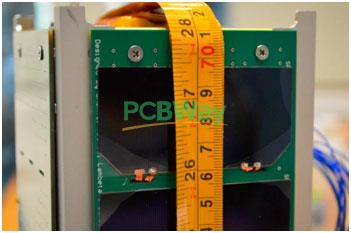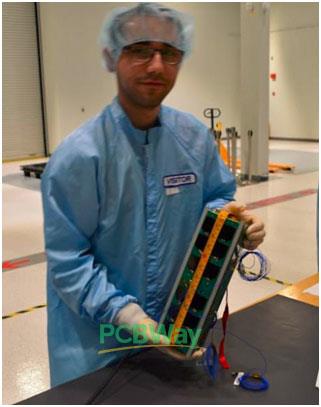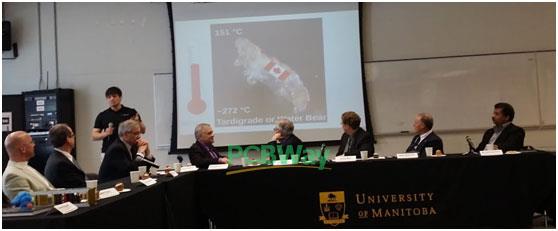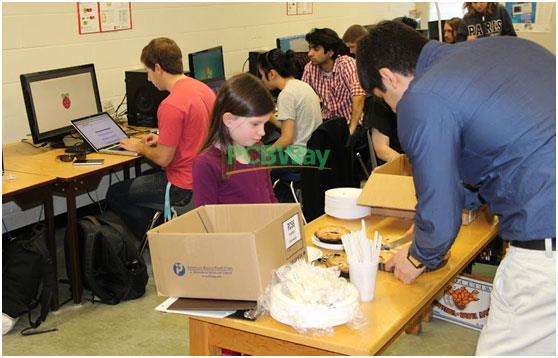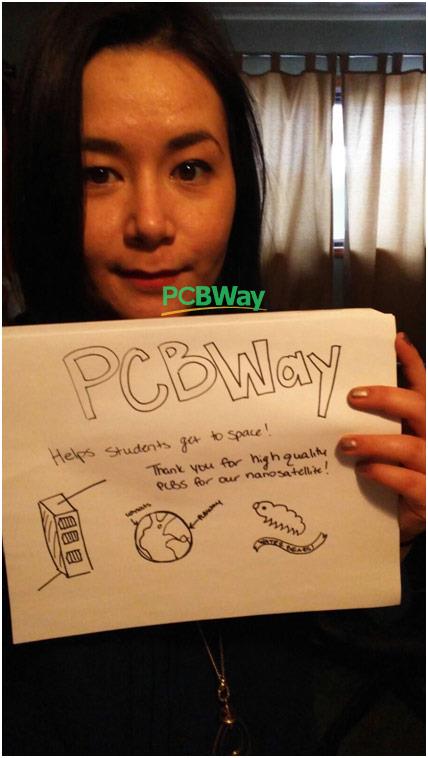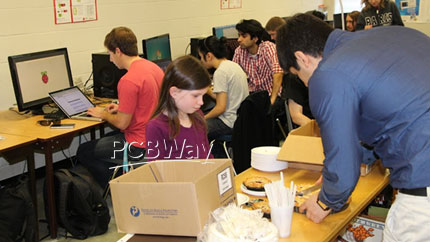Design and build a Cubesat - a small fully-operational satellite
The Canadian Satellite Design Challenge (CSDC) began its inaugural offering in January, 2011. It is a competition for teams of university students (both undergraduate and graduate) to design and build a "Cubesat" - a small, fully-operational satellite - which will conduct a science mission.
Unlike many university competitions which are focused on only one department, successful teams in the CSDC are comprised of students from many disciplines - not just from Engineering (Mechanical, Electrical, and Computer), but Science (Computer Science, and the department of any science instruments which are flown), and usually benefit by having students from Management, Commerce, or Education departments.
My name is Michael Lambeta and I am the Systems team lead for the University of Manitoba Space Applications and Technology Society (UMSATS).
Currently, we are working on our T-SAT3 nanosatellite for the Canadian Satellite Design Challenge which concludes in May of 2016. In this competition, universities across Canada compete against one another for the potential opportunity to eventually launch their design into low Earth orbit.
UMSATS has been participating in this competition since 2010, and has been an enthusiastic and ambitious participant. Our current design is one of the most ambitious yet, and our team of 70 undergraduate and graduate volunteers from various faculties have been working very hard to complete the T-SAT3 project.
UMSATS is heavily envolved in the local community. We strive to provide our knowledge to the community by hosting workshops, visting local schools to teach science and technology skills. We are empowered in progressive and continual learning and have had a large amount of outreach contact. UMSATS has been showcased on international TV for the research we are doing with our payload experiment.
Our team president, Ahmad Byagowi, presenting to the president of the Canadian Space Agency, and Neil deGrasse Tyson about the UMSATS payload experiment.
Our team president, Ahmad Byagowi, serving pie on Pi Day. A Raspberry Pi workshop was held to teach community members about embedded programming on the Raspberry Pi.
UMSATS received the educational outreach award for having the greatest impact on community,
A. Project Introduction:
Please fill in basic details for your project here
UMSATS has proven to be a driven and passionate team, placing 2nd overall in 2012 and being awarded the UrtheCast Outreach Award in 2014.
Over 70 students are registered members participating in the T-SAT3 project. Over the lifetime of UMSATS, over 300 students have been involved with a project. These students from come from the faculties of engineering, science, education, business, arts, and fine arts. The team has on-going support from the Faculty of Engineering and Science in the form of lab space, funding, and research. In addition, UMSATS has advisors from industry, academia, and government, offering assistance, guidance, and expertise.
T-SAT3 is an ambitious and innovative project, which has already seen a high degree of success and publicity. Our students are innovators and leaders with a passion for our goals, but we cannot achieve them alone. This package provides an overview of the T-SAT3 project and the details in which you can help. Your interest in our project is very valuable to the local community and industry.
B. Project Details
Please fill in project Details,ideas, logs, components or any detail instructions for your project here
We are looking to build our system PCB’s through PCBWay, as such, the following list indicates the required components and modules:
Antenna Module - Qty 5, 2 Layer, 89mm x 89mm
Attitude Determination Module - Qty 5, 4 Layer, 89mm x 89mm
Payload Module 1 - Qty 5, 2 Layer, 89mm x 89mm
Payload Module 2 - Qty 5, 2 Layer, 28 mm x 44mm
Solar Panel Side Panel X+ - 2 Layer, 320mm x 82mm
Solar Panel Side Panel X- - 2 Layer, 320mm x 82mm
Solar Panel Side Panels Y+ - 2 Layer, 320mm x 82mm
Solar Panel Side Panels Y- - 2 Layer, 320mm x 82mm
Power Control Module - Qty 5, 6 Layer, 89 mm x 89mm
On-Board Computer Module - Qty 5, 4 Layer, 89mm x 89mm
- Comments(1)
- Likes(2)





